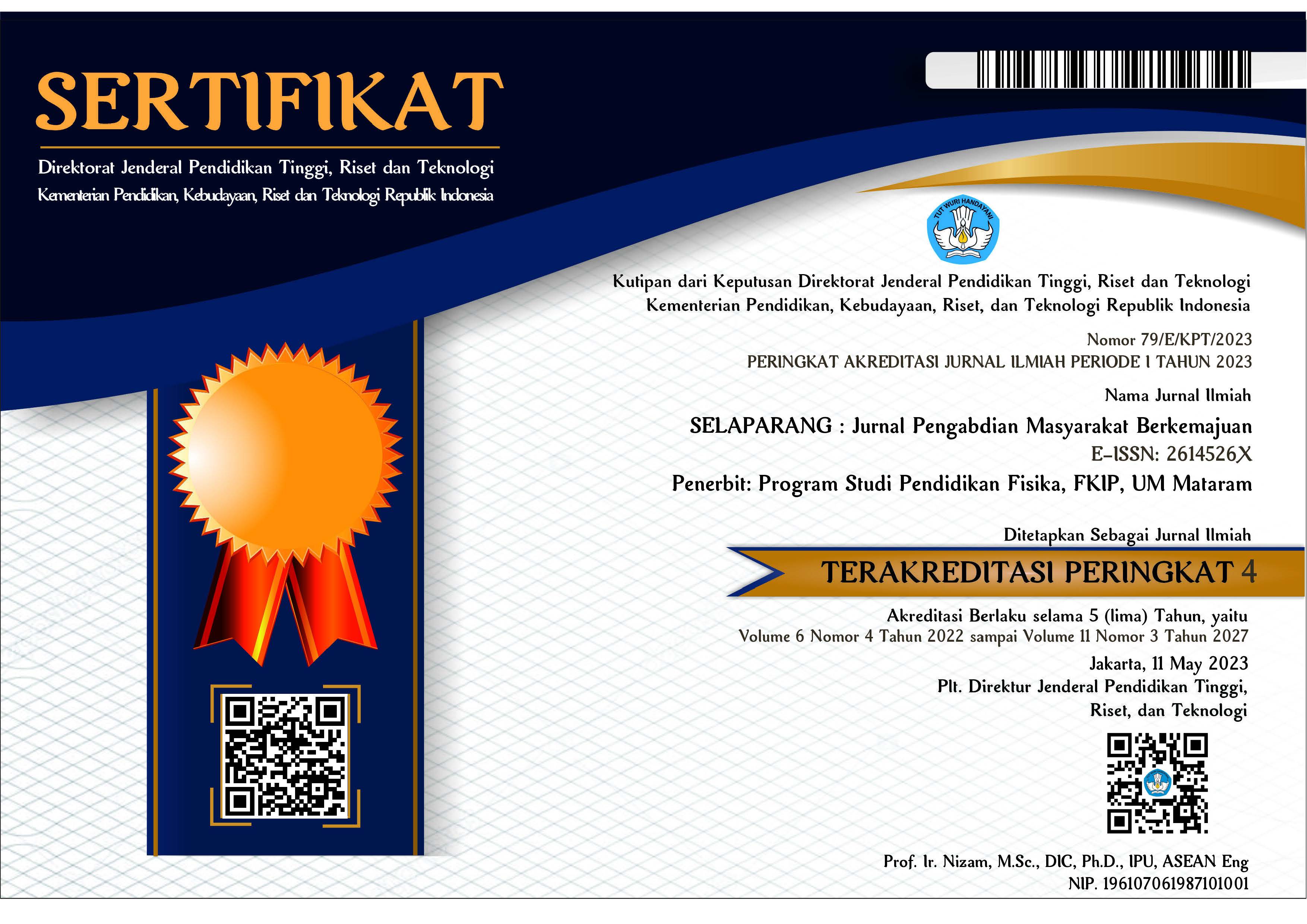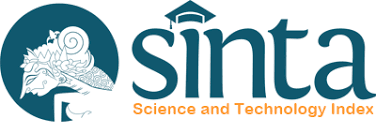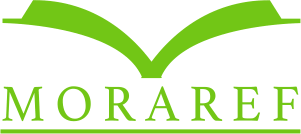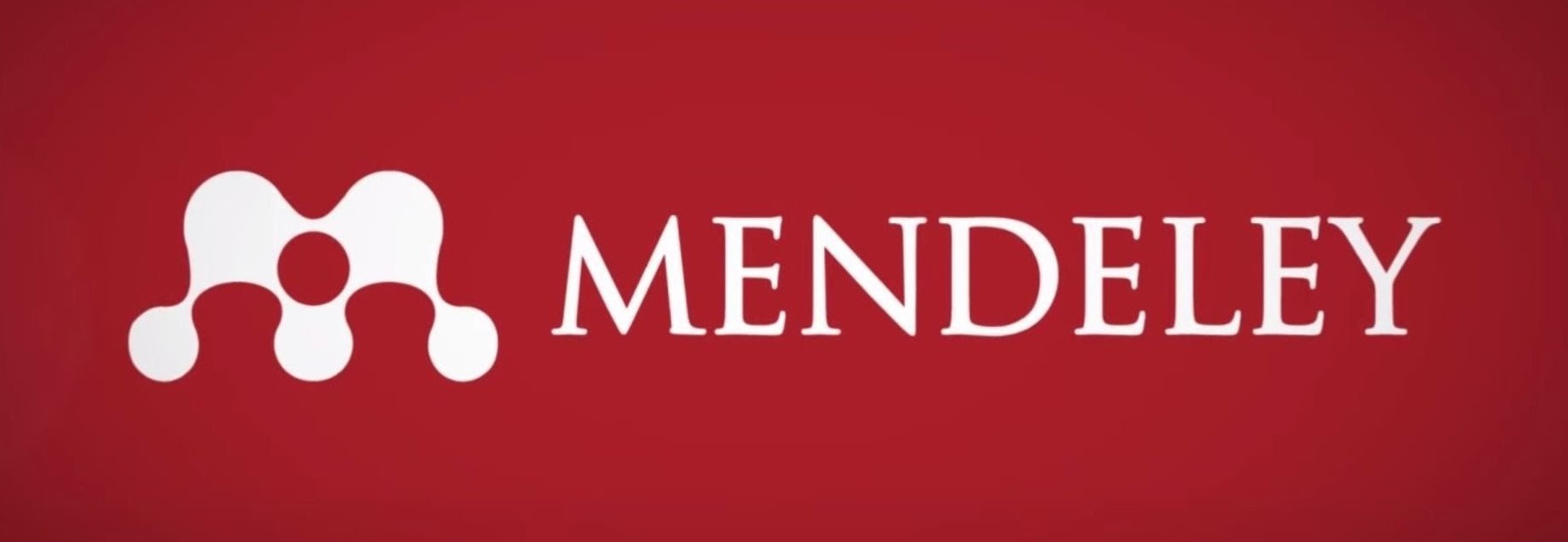Peningkatan produktivitas silica powder dari limbah kaca dengan penerapan teknologi informasi untuk peningkatan sirkukar ekonomi pada bank sampah Berseka Tasikmalaya
Abstract
Abstrak
Pengelolaan Bank Sampah Berseka di Desa Cikunir, Tasikmalaya, menghadapi tantangan besar dalam mengoptimalkan produksi Silica Powder dari limbah kaca. Dengan sistem manajemen yang masih manual, keterbatasan peralatan produksi dan strategi pemasaran yang belum memanfaatkan digital, produktivitas saat ini hanya mencapai 2,2-2,4 ton per bulan. Kegiatan pengabdian ini bertujuan untuk memberikan solusi komprehensif guna meningkatkan efektivitas operasional dan daya saing mitra. Tujuan utama dari kegiatan ini adalah Meningkatkan produktivitas produksi Silica Powder secara signifikan melalui penambahan peralatan yang memadai, yaitu mesin pencacah, memodernisasi manajemen operasional dan keuangan dengan mengimplementasikan Sistem Informasi Bank Sampah berbasis web serta memperluas jangkauan pasar dan meningkatkan penjualan melalui pelatihan digital marketing yang efektif. Metode pelaksanaan melibatkan hibah peralatan produksi, pengembangan dan implementasi sistem informasi, serta pelatihan intensif. Hasil yang diperoleh yaitu adanya peningkatan pengetahuan dan keterampilan pengelolaan dalam bidang produksi, keuangan, dan pemasaran digital. Secara kuantitatif, solusi ini diharapkan dapat meningkatkan volume produksi Silica Powder dan pendapatan mitra secara signifikan, yang pada akhirnya akan meningkatkan kesejahteraan anggota serta mendorong pertumbuhan ekonomi lokal.
Kata kunci: bank sampah; serbuk silika; limbah kaca; manajemen operasional; pemasaran digital.
Abstract
The management of the Berseka Waste Bank in Cikunir Village, Tasikmalaya, faced significant challenges in optimizing the production of silica powder from glass waste. With a manual management system, limited production equipment, and a marketing strategy that had not yet utilized digital tools, productivity at the time only reached 2.2-2.4 tons per month. This community service project provided comprehensive solutions to improve the partner's operational effectiveness and competitiveness. The project successfully increased the productivity of silica powder production with the addition of adequate equipment, modernized operational and financial management through the implementation of a web-based information system, and expanded market reach through effective digital marketing training. The implementation involved grants for production equipment, the development and application of the information system, as well as intensive training. As a result, there was an increase in knowledge and management skills in the fields of production, finance, and digital marketing. Quantitatively, the project significantly increased the volume of silica powder production and the partner's revenue, which contributes to the improvement of members' welfare and promotes local economic growth.
Keywords: waste bank; silica powder; glass waste; operational management; digital marketing.
Keywords
Full Text:
PDFReferences
Kraugusteeliana, K., Muliawati, A., Mulyantini, S., Widjaya, S. Y., Nassihin, A., Kusmawardhani, N. T., et al. (2024). Waste bank management information system. Journal of Information System, Technology and Engineering, 2(1), 175–186. https://doi.org/10.61487/jiste.v2i1.63
Rangkuty, D. M., Saputra, M. I., & Wardah, S. (2024). The role of waste bank and the concept of green economy at Universitas Pembangunan Panca Budi. International Journal of Economics, Commerce, and Management, 1(3), 376–389. https://doi.org/10.62951/ijecm.v1i3.187
Pedersen, H., & Conti, F. (2017). Improving the circular economy via hydrothermal processing of high-density waste plastics. Waste Management, 68, 24–31. https://doi.org/10.1016/j.wasman.2017.06.002
Budiyarto, A., Clarke, B., & Ross, K. (2024). Overview of waste bank application in Indonesian regencies. Waste Management & Research: The Journal for a Sustainable Circular Economy, 43(3), 306–321. https://doi.org/10.1177/0734242x241242697
Hayu, G. A., Sutrisno, W., Wulandari, K. D., Irawan, C., & Suprobo, P. (2023). Potential use of glass waste powder as a cement replacement in cement-based mortar. Proceedings of International Structural Engineering and Construction, 10(1). https://doi.org/10.14455/isec.2023.10(1).sus-05
Ke, G., Li, W., Li, R., Li, Y., & Wang, G. (2018). Mitigation effect of waste glass powders on alkali–silica reaction (ASR) expansion in cementitious composite. International Journal of Concrete Structures and Materials, 12(1). https://doi.org/10.1186/s40069-018-0299-7
Ramadani, K. (2018). Sintesis dan karakterisasi silika gel dari limbah kaca untuk menurunkan kesadahan air. SAINTIFIK, 4(2), 179–185. https://doi.org/10.31605/saintifik.v4i2.183
Cut, R., Amin, A., Dini Meutia, P., Meliyana, M., Zardi, M., Syahputra, I., et al. (2022). Pengenalan dan pemanfaatan limbah kaca menjadi produk bernilai. Dinamisia: Jurnal Pengabdian Kepada Masyarakat, 6(5), 1379–1386. https://doi.org/10.31849/dinamisia.v6i5.11256
Bentz, D. P., Ferraris, C. F., Jones, S. Z., Lootens, D., & Zunino, F. (2017). Limestone and silica powder replacements for cement: Early-age performance. Cement and Concrete Composites, 78, 43–56. https://pubmed.ncbi.nlm.nih.gov/28503032
Predianto, H., & Basjir, M. (n.d.). Perancangan mesin penggiling limbah kaca sistem roll kapasitas 60 kg/jam.
Justin, J. (n.d.). Eksplorasi limbah kaca (Studi kasus: Industri mebel). The exploration of glass waste (Case study: Furniture industry).
DOI: https://doi.org/10.31764/jpmb.v9i6.35114
Refbacks
- There are currently no refbacks.

This work is licensed under a Creative Commons Attribution-ShareAlike 4.0 International License.
______________________________________________________
Jurnal Selaparang
p-ISSN 2614-5251 || e-ISSN 2614-526X
EDITORIAL OFFICE:



















